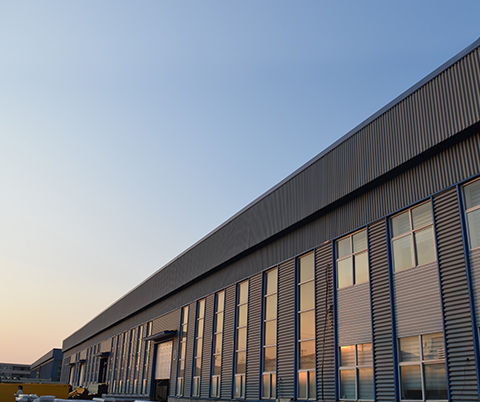loading...
- No. 9, Xingyuan South Street, Dongwaihuan Road, Zaoqiang County, Hengshui, Hebei, China
- admin@zjcomposites.com
- +86 15097380338
- Welcome to visit our website!
frp structural shapes
FRP Structural Shapes Revolutionizing Modern Construction
In the ever-evolving landscape of construction materials, Fiber Reinforced Polymer (FRP) has emerged as a transformative force. Its unique properties, which include high strength-to-weight ratios, excellent corrosion resistance, and design flexibility, make FRP structural shapes an attractive choice for various applications. This article delves into the characteristics, advantages, and applications of FRP structural shapes, illustrating how they are reshaping the construction industry.
Understanding FRP
FRP is a composite material that combines a polymer matrix with reinforcing fibers, typically glass, carbon, or aramid. The result is a lightweight, durable, and robust material that exhibits superior mechanical properties compared to traditional materials like steel and concrete. FRP can be molded into various shapes and sizes, making it versatile for numerous applications in the construction sector.
Advantages of FRP Structural Shapes
1. Lightweight and High Strength One of the most significant advantages of FRP is its high strength-to-weight ratio. This property allows for easier handling and installation, reducing labor costs and construction timelines. Engineers can design structures that are both strong and light, minimizing the load on supporting elements.
2. Corrosion Resistance Unlike conventional materials that succumb to environmental factors, FRP exhibits exceptional resistance to chemicals, moisture, and UV radiation. This durability significantly reduces maintenance costs and extends the lifespan of structures, making FRP an ideal choice for applications in marine environments, wastewater treatment plants, and chemical processing facilities.
3. Design Flexibility The manufacturing process of FRP allows for intricate designs and custom shapes that would be challenging to achieve with traditional materials. Architects and engineers can create aesthetic and functional designs that meet specific project requirements, enhancing the architectural appeal of buildings and structures.
4. Thermal Insulation FRP materials offer better thermal insulation properties compared to metals, contributing to energy efficiency in buildings. This characteristic is particularly beneficial in climates with extreme temperatures, reducing the reliance on heating and cooling systems.
frp structural shapes

Applications of FRP Structural Shapes
FRP structural shapes are becoming increasingly popular in several applications
- Bridges FRP is utilized in the construction of pedestrian walkways and vehicle bridges due to its lightweight nature and resistance to corrosion. For instance, FRP bridge decks weigh significantly less than steel or concrete, allowing for easier installation and reducing the need for substantial supporting structures.
- Building Components In commercial and residential construction, FRP is used in various components, including beams, columns, and trusses. Its versatility allows for innovative architectural designs while maintaining structural integrity.
- Reinforcement of Existing Structures FRP can also serve as a reinforcement material for aging concrete structures. By externally bonding FRP sheets or strips to the surface, engineers can enhance the load-carrying capacity of beams and slabs without the need for extensive renovations.
- Marine Applications Given its resistance to corrosion from saltwater, FRP is particularly suited for marine applications, such as docks, piers, and boat hulls. Its lightweight properties make it easier to transport and install in aquatic environments.
Conclusion
As the construction industry continues to seek innovative solutions, FRP structural shapes represent a significant advancement. Their combination of strength, lightweight nature, corrosion resistance, and design flexibility opens up new possibilities for architects and engineers. As sustainability becomes increasingly paramount, the longevity and reduced maintenance needs of FRP further enhance its appeal.
In summary, the integration of FRP structural shapes into modern construction not only offers practical benefits but also paves the way for more sustainable and resilient infrastructure. As technology evolves and production methods improve, it is expected that FRP will play an even more prominent role in shaping the built environment of the future, making it a material of choice for innovative and sustainable development.
-
Premium FRP Handrail for All ApplicationsNewsAug.29,2025
-
Low Maintenance FRP Mini Mesh Grating ProductsNewsAug.29,2025
-
Innovative FRP Square Tubes for Modern Industrial SolutionsNewsAug.29,2025
-
FRP Water Storage Tanks Wholesale Solutions for Bulk BuyersNewsAug.29,2025
-
FRP Molded Grating Solutions for Diverse Industrial ApplicationsNewsAug.29,2025
-
Construction Advancements Through FRP Pultruded ProfilesNewsAug.29,2025
-
Why Choose FRP Railings, Guardrails, and Handrail Systems?NewsAug.29,2025
